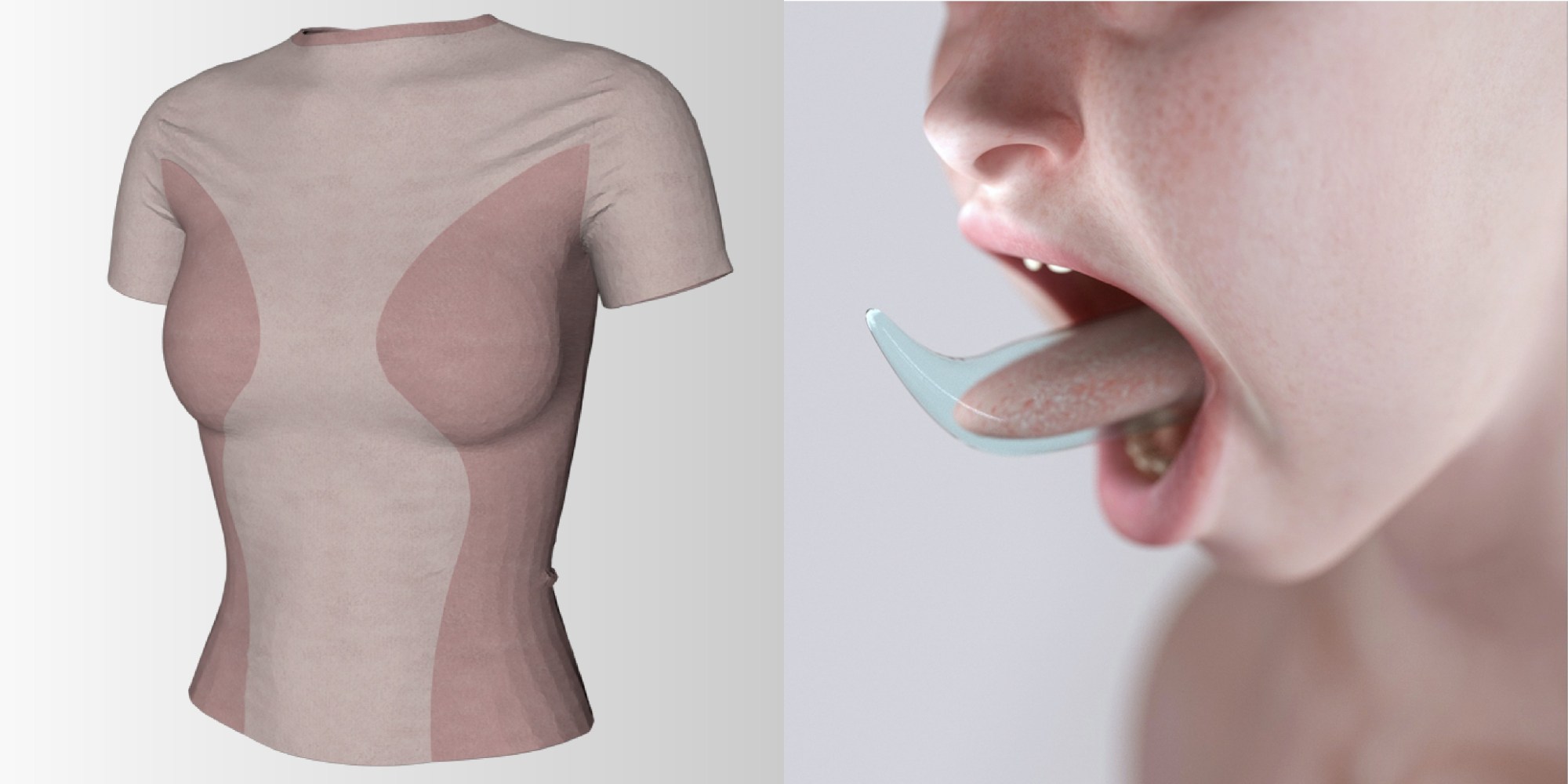Fashion is obsessed with the future. From André Courrèges’ modernist ‘space age’ designs in the 1960s, to Hussein Chalayan’s motorised dresses for his Spring-Summer 2007 collection, the industry has been consistently adopting new technologies to further the possibilities of what we can wear. But in 2021, designers are no longer making jackets that come with clunky wearable tech (see: C.P. Company’s ‘Yo Coat’ or ‘REM Jacket’) and we don’t really have any use for ‘Intelligent’ clothing which can remind you when you’ve forgotten your keys (we’ve got apps for that). It seems, now, that fashion’s relationship with technology might be changing, increasingly overlapping with the booming world of wearable health tech.
So says a new digital exhibition called Surface Tension, which looks at the potential of new materials to positively affect the human body. Co-curated by researcher and designer Rosie Broadhead and writer & artist Wilson Oryema, Surface Tension argues that technological advancements in clothing design shouldn’t just turn us into cyborgs, but proposes that the future of wearable tech is holistic. Both Wilson and Rosie believe that clothing need not be used simply for protection or decoration, but could be an important factor in influencing what goes on within our bodies — think Jean Paul Gaultier’s Autumn-Winter 1995 ‘Cyber’ collection meets kombucha.

Taking the form of a digital gallery, which you can ‘walk’ through like a video game, Surface Tension features 17 wearable objects created by scientists, designers, artists or medical doctors which can positively impact both its wearer and the environment. “It’s all about healing the body in some way,” Rosie explains, “so there’s some biological element to all of them”. Rosie is the founder of SKIN SERIES, a brand that looks at the potential of using probiotics within fashion design — a 3D model of the brand’s ‘Seaweed Encapsulated Baselayer’ which can aid in cell regeneration and reduce inflammation is included in the exhibition.
“We’re worried about what is in our food, what is in our skincare,” Rosie continues, “but we need to start asking, ‘What is next to our skin?’” After all, everything that we come in contact with affects our microbiome (the bacteria, fungi and other tiny microbes which live on and in us), so why shouldn’t this be brought into consideration when designing clothes?
Some of the objects on display are currently available to purchase, like a CBD tampon by Daye or the Allbirds TrinoXO™ Tee made using discarded crab shells. Most of the more captivating ones, however, don’t exist quite yet. The Final Frontier Design Mechanical Counter Pressure (MCP) Glove, which compresses the skin so that blood can flow as usual when working in outer space, is currently still in development with NASA. Marion Lasserre’s project ‘Entangled’, which investigates the potential of 3D printing shoes with microorganisms and non-toxic materials to improve the health of feet, is purely speculative. A promotional video for DOES Work’s ‘Biomimetic Accessories’ — which protect the wearer’s identity through disguising parts of the body that could be used by recognition software — is a novel idea, but exists purely as a comment on how we willingly sign so much of our biometric data over to tech companies.
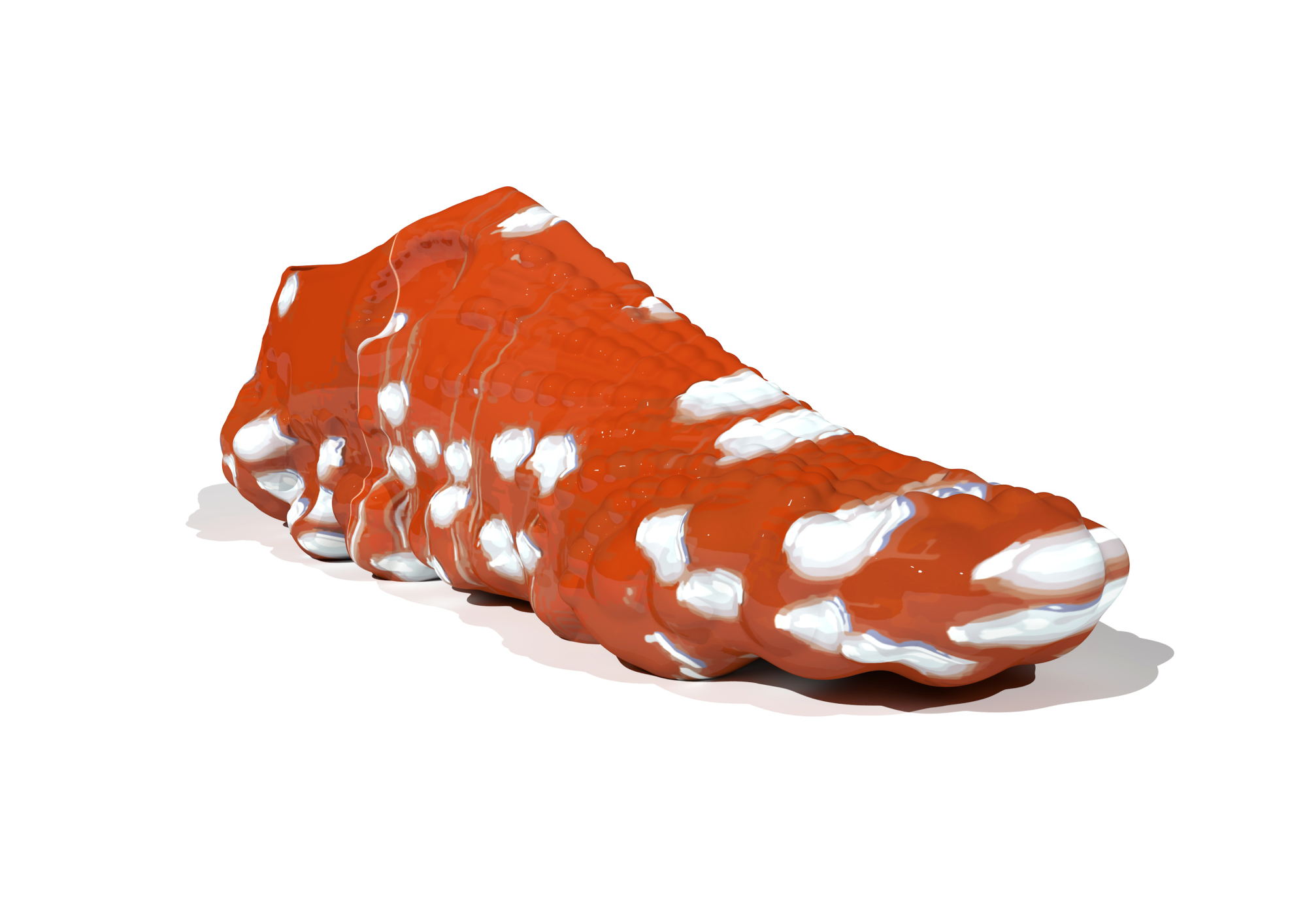
Even though some of these objects don’t exist in the physical world, in Surface Tension, they’re intentionally presented among those that do. As such, the exhibition doesn’t limit itself to surveying what the landscape for wearable products that enhance bodily function looks like now. Instead, it focusses more on what it could become in the coming years. By having things that already exist side-by-side with things that don’t, it makes the more complex and speculative projects feel much closer to our time.
In the second ‘room’, there’s a short informational video on medical doctor Luke Hale’s super-strong neck brace, or ‘Biomimetic collar’, which mimics the natural formation of bone to support the head and improve the wearer’s posture and breathing. Watching it next to the promotional video for DOES Work’s speculative, ironic project ‘Biomimetic Accessories’ — which consciously adopts similar aesthetic codes to its big pharma counterpart — parallels emerge between what we see here and the tactics of art collectives who have parroted corporate aesthetics since the 1990s. Collectives like New York-based Bernadette Corporation (BC) and, working two decades later, DIS, who both played on the facelessness of the ‘corporation’ as a means to metamorphose through the worlds of fashion, film, art and publishing.
Surface Tension, you could argue, does something of the same; straddling fashion, art and industrialised healthcare almost seamlessly. In its bridging of these spaces — not to mention its deliberately ambiguous relationship to them — there’s something deliciously sci-fi about the whole exhibition. But instead of feeling too Blade Runner, as so much tech-focused fashion has done in the past, the pieces on show feel like they might have come straight from the brain of Ursula K. Le Guin: a little more circular, resourceful and humanity-oriented. Still, while many of these objects are not yet accessible, perpetuating any feelings of irony or fiction is far from Rosie and Wilson’s intention; rather, it is to pry open the scope of what could be achieved within the next decade or so — “to show people what’s possible”, Wilson says.
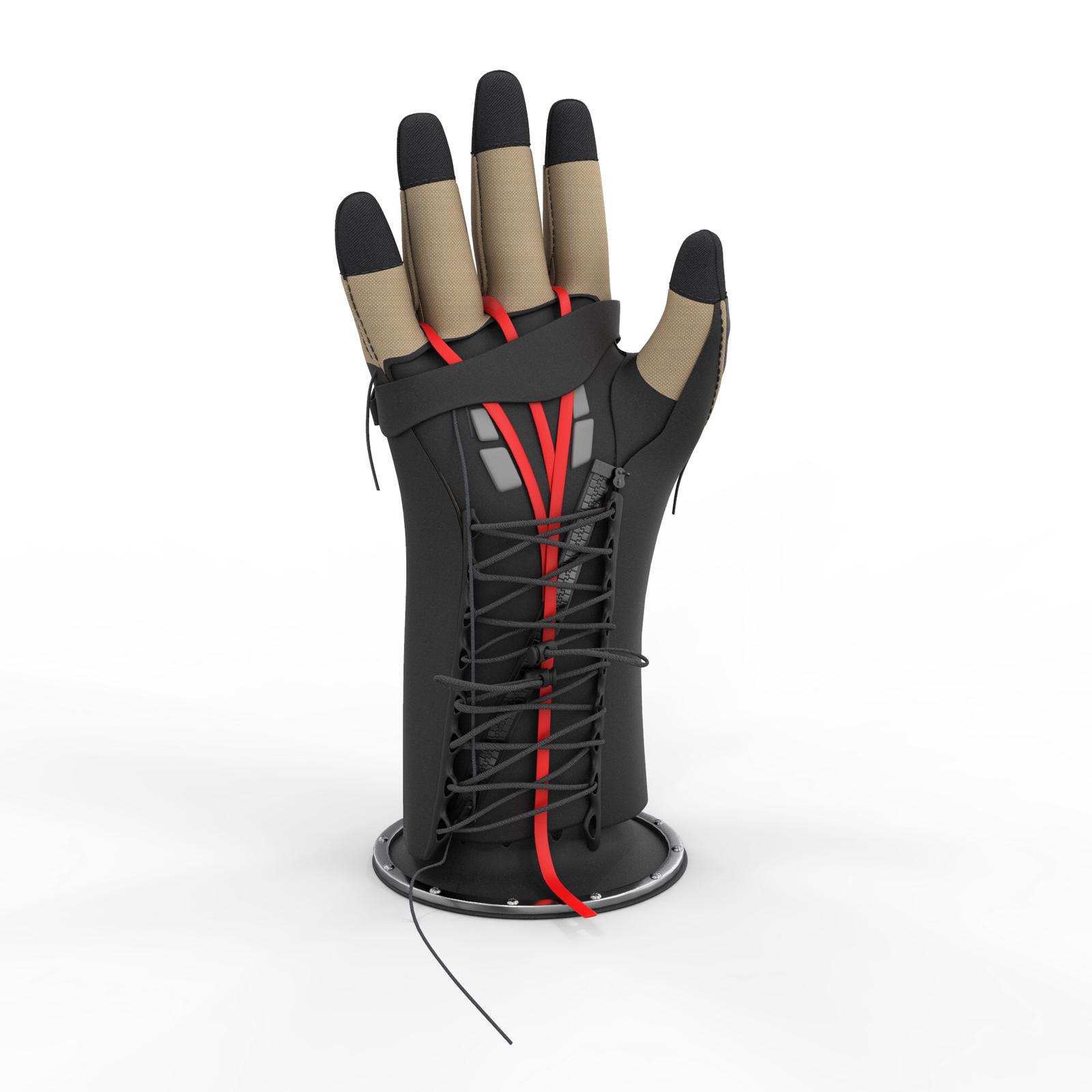
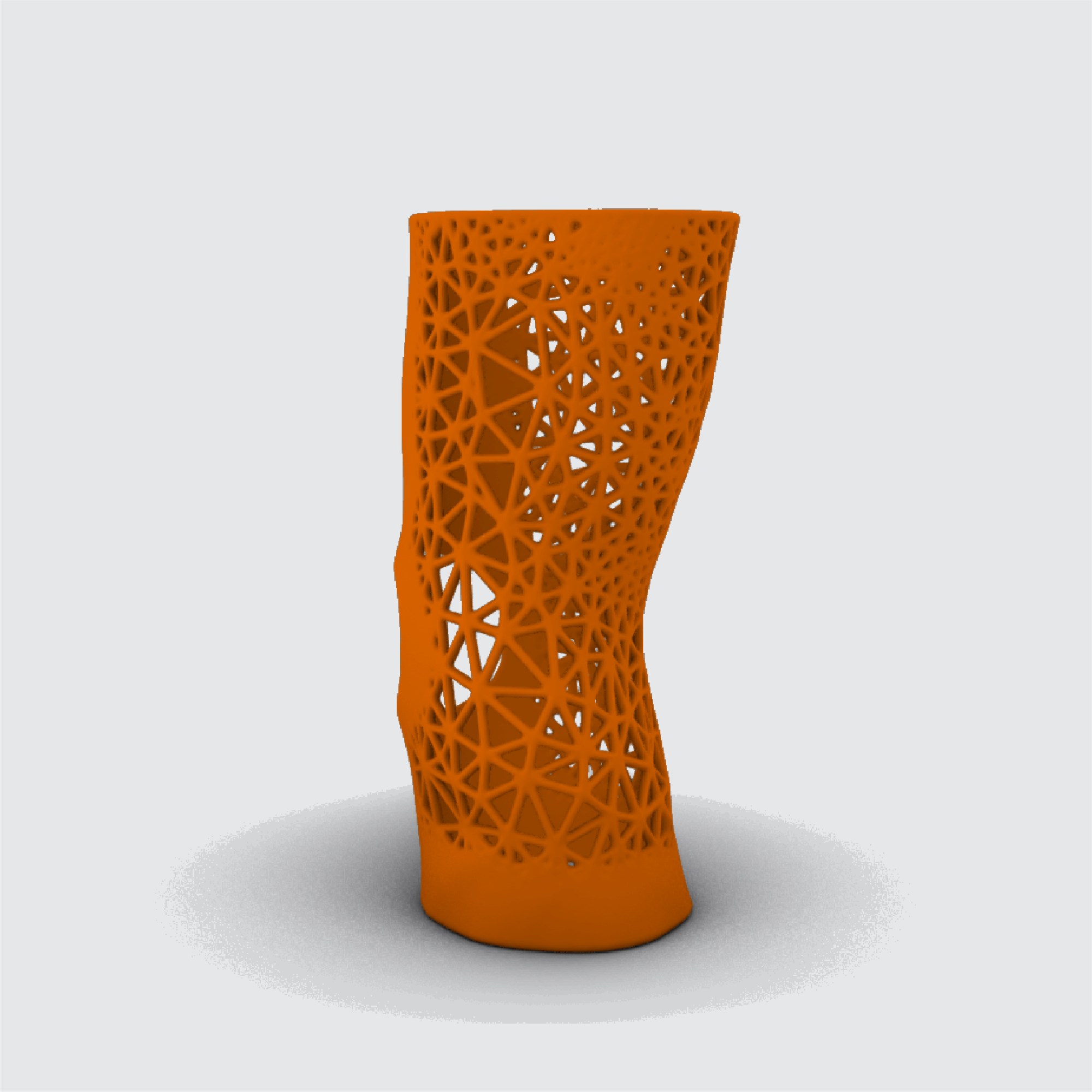
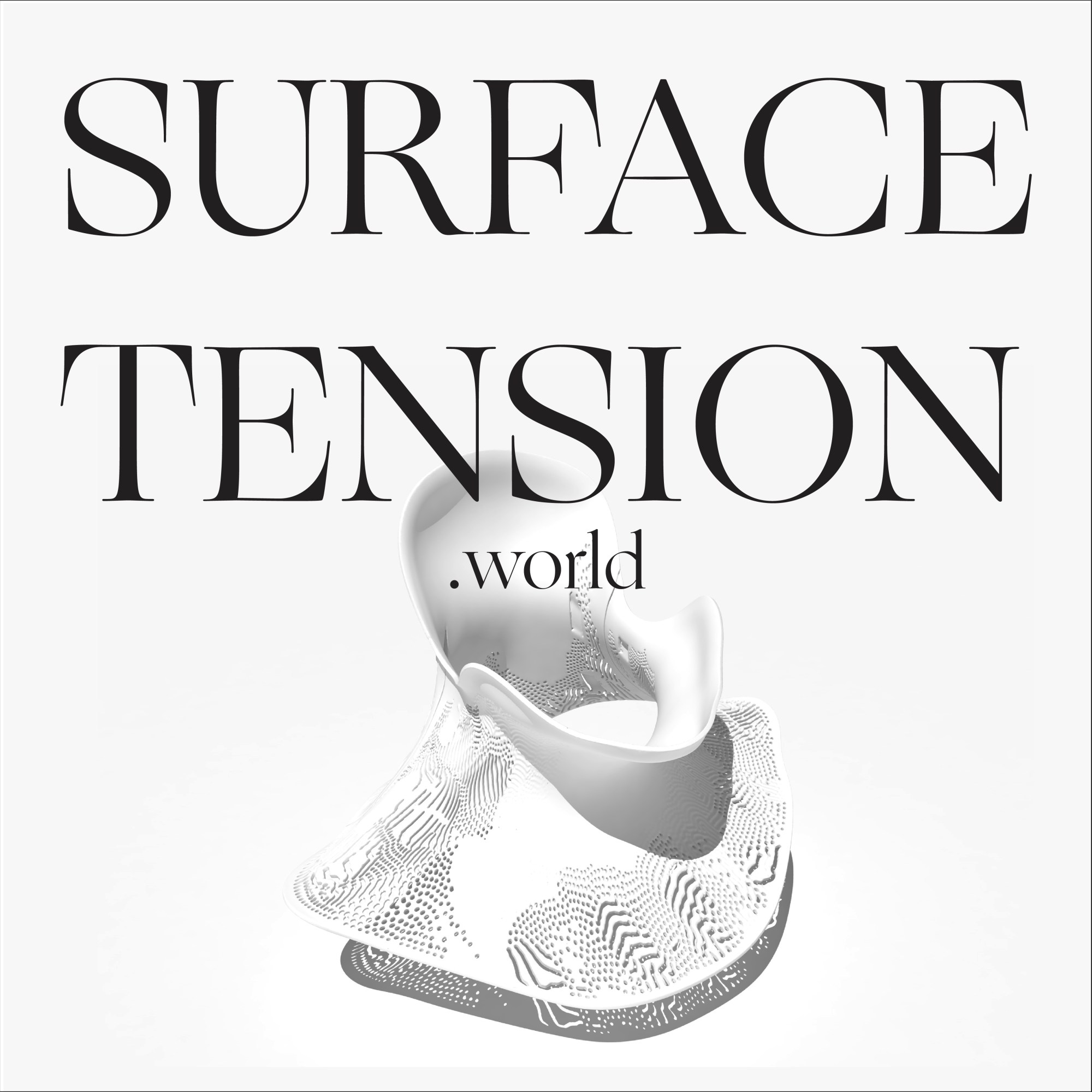
Discover Surface Tension here, and follow i-D on Instagram and TikTok for more art and fashion.
